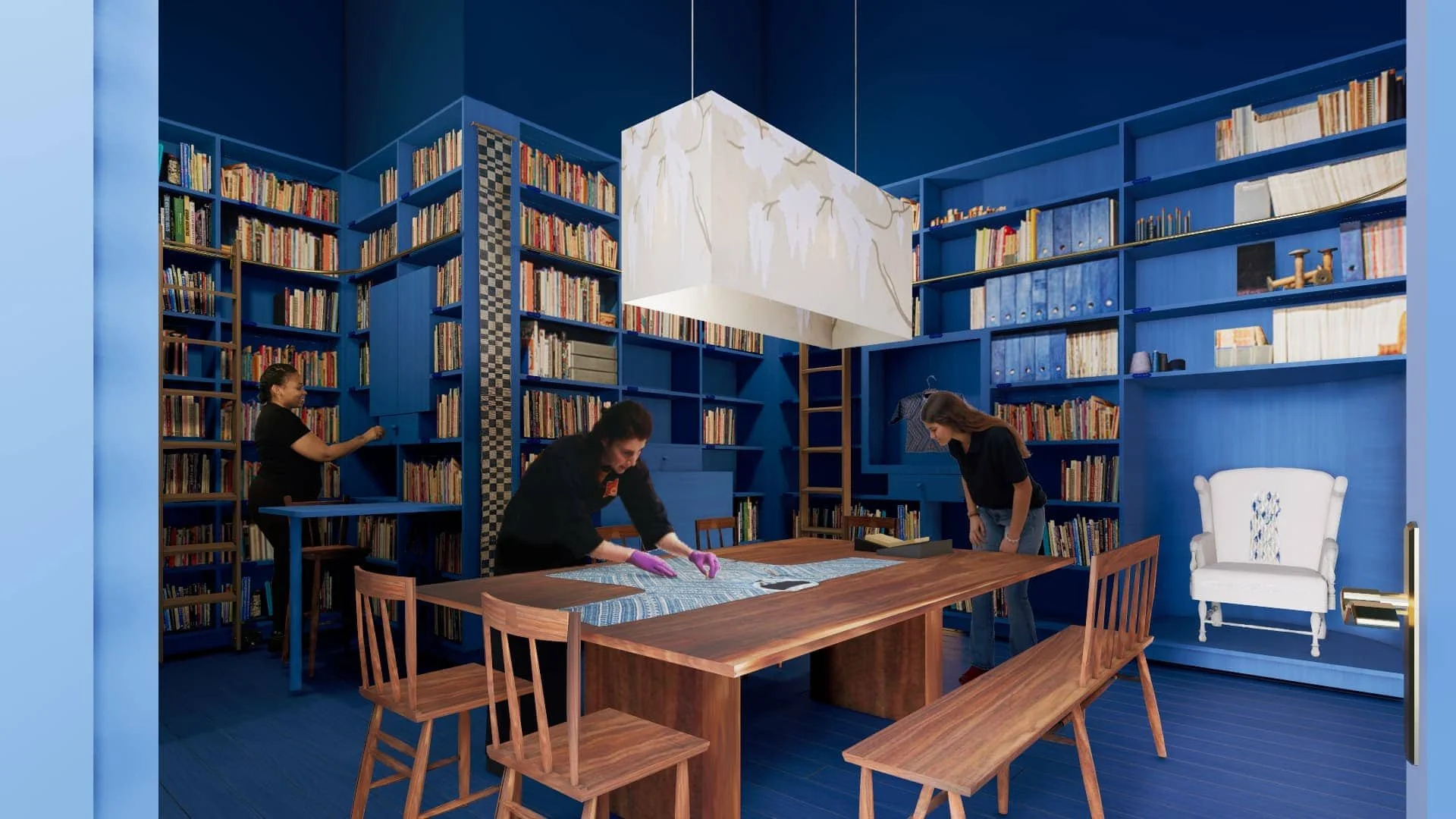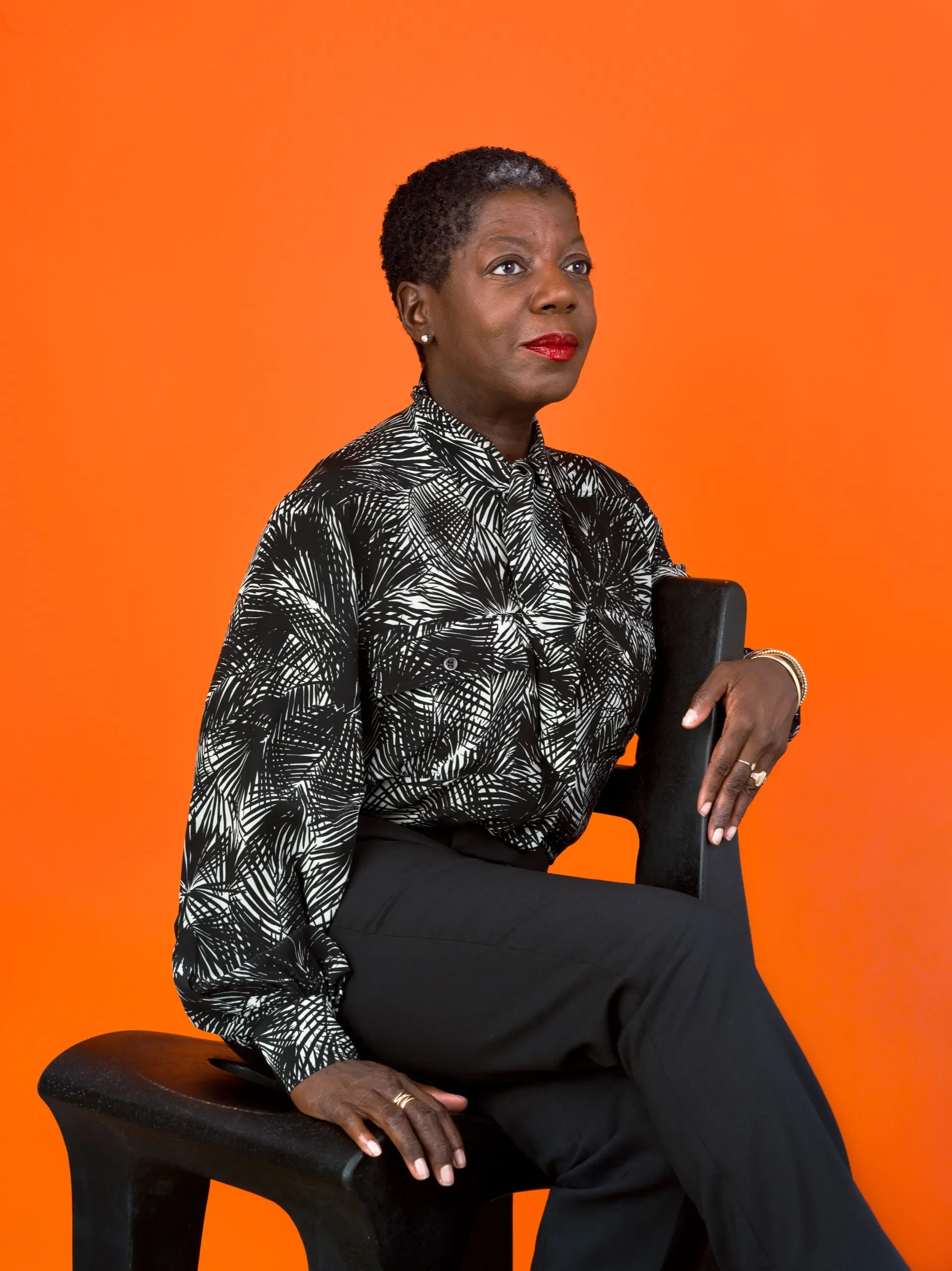The Curators Defining Contemporary Culture: Interiors, Fashion, and Art
In a time when images circulate faster than meaning, curators have become the new cultural architects—quietly shaping how we see, feel, and interpret the world. Whether through immersive interiors, museum retrospectives, or the global fashion stage, today’s curators cross disciplines to rewrite how stories are told and whose voices are amplified.
Below, nine figures redefining curation as a form of authorship, advocacy, and imagination.
Interiors & Design
Paola Antonelli
As Senior Curator of Architecture and Design at the Museum of Modern Art, Paola Antonelli has spent decades expanding what design can mean. Her exhibitions such as Broken Nature and Design and the Elastic Mind explore how material culture reflects ethics, ecology, and human evolution. Antonelli’s curatorial vision is both poetic and pragmatic. She situates design not as decoration but as evidence of how we live, adapt, and build futures.
Beatrice Galilee
Co-founder of The World Around, Beatrice Galilee curates design as global dialogue. Her work frames architecture as storytelling, examining how space intersects with politics, technology, and community. Galilee’s approach is rooted in collaboration, connecting practitioners who might never otherwise meet. Her language feels closer to journalism than exhibition-making, emphasizing exchange over hierarchy.
Joseph Grima
Architect, editor, and curator Joseph Grima works where design meets social research. As Artistic Director of the Design Academy Eindhoven, he challenges audiences to view design through systems and speculation rather than trend or commerce. His projects often reframe everyday tools and technologies as cultural artifacts that mirror our collective values.
Fashion & Costume
Andrew Bolton
As Curator in Charge of The Met’s Costume Institute, Andrew Bolton has transformed how fashion is exhibited, turning each show into an act of cultural theater. His curatorial style balances scholarship and spectacle, from Heavenly Bodies to Camp: Notes on Fashion. Bolton’s work blurs the line between fashion and fine art, positioning clothing as both artifact and emotion.
Kimberly Jenkins
Founder of The Fashion and Race Database and one of the foremost scholars on representation in fashion history, Kimberly Jenkins redefines what it means to curate identity. Through research, teaching, and digital archiving, she exposes the power structures embedded in fashion imagery, amplifying the designers and stories too often omitted from the canon. Jenkins’s work merges scholarship and storytelling, using curation as a form of cultural correction and reclamation.
Federica Sala
Milan-based curator Federica Sala moves fluidly between design, fashion, and contemporary art. Known for her collaborations with brands and institutions, she approaches exhibitions as sensorial essays where texture, color, and form express ideas about craftsmanship and concept. Sala’s multidisciplinary vision reflects the curator as connector, bringing diverse creative worlds into one coherent visual rhythm.
Art & Contemporary Culture
Thelma Golden
Director and Chief Curator of The Studio Museum in Harlem, Thelma Golden has redefined how institutions engage with Black art and experience. Through exhibitions like Freestyle and Frequency, she has introduced artists who now shape the global art landscape. Golden’s vision centers dialogue and community, positioning the museum as a living platform for cultural exchange.
Hans Ulrich Obrist
As Artistic Director of London’s Serpentine Galleries, Hans Ulrich Obrist is among the most prolific curators of his generation. His practice is conversational and experimental, treating exhibitions as living archives rather than fixed events. Projects such as his ongoing do it series exemplify his belief that curation should democratize creativity and expand access to ideas.
Legacy Russell
Writer, theorist, and curator Legacy Russell is Executive Director and Chief Curator of The Kitchen in New York. Her concept of “glitch feminism,” which embraces error and disruption as tools of resistance, continues to influence global dialogues on art and identity. Russell’s work shows that curation is not only about presentation but also about transformation.
A New Vocabulary of Influence
Across these disciplines, curation has become a language of authorship and connection. Whether through an exhibition, a publication, or a space, these curators are reimagining how stories are organized, whose voices are amplified, and how beauty intersects with urgency.
The contemporary curator is no longer a gatekeeper but a translator—interpreting the complexities of our time and turning them into experiences that resonate long after the moment passes.










